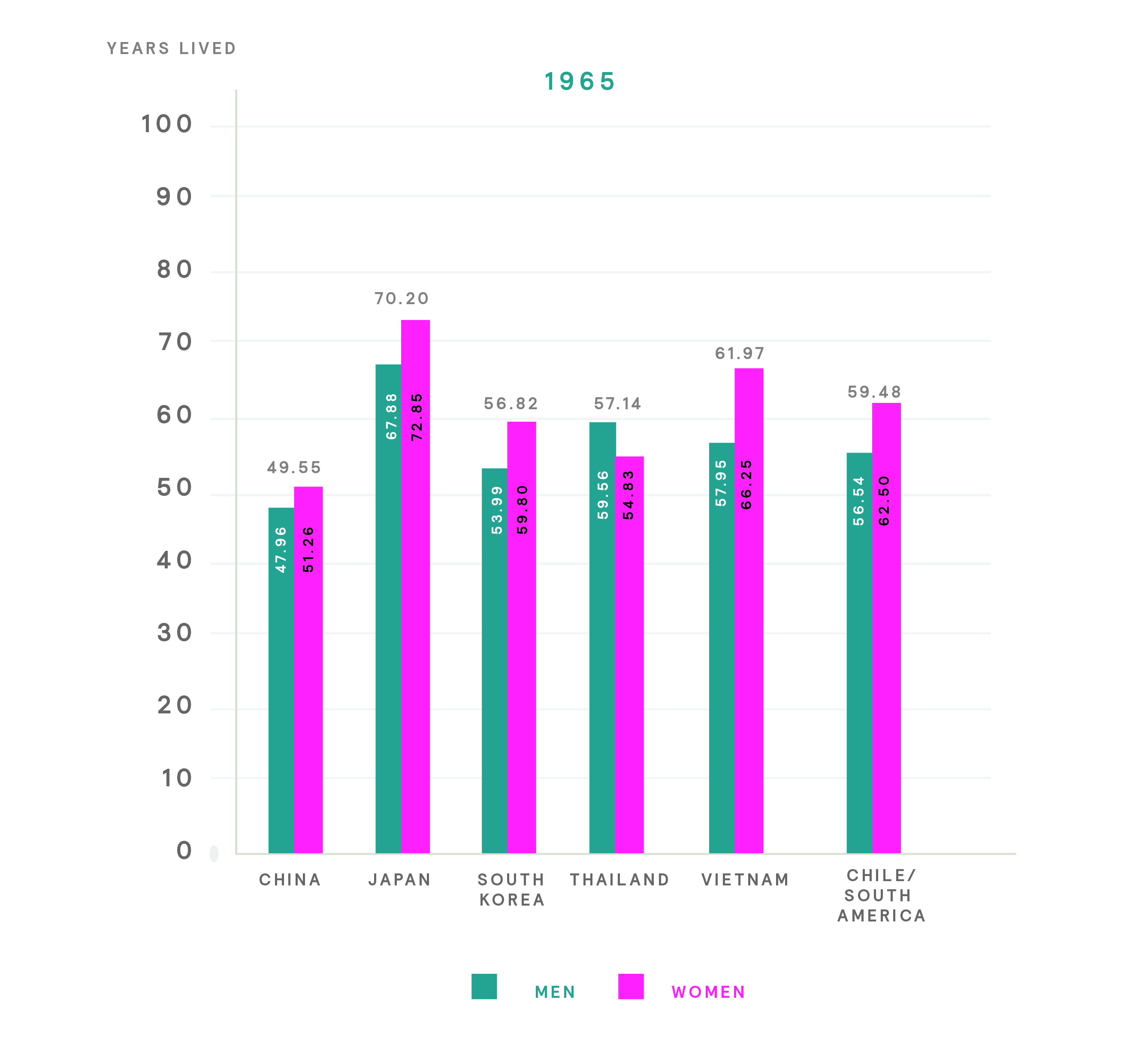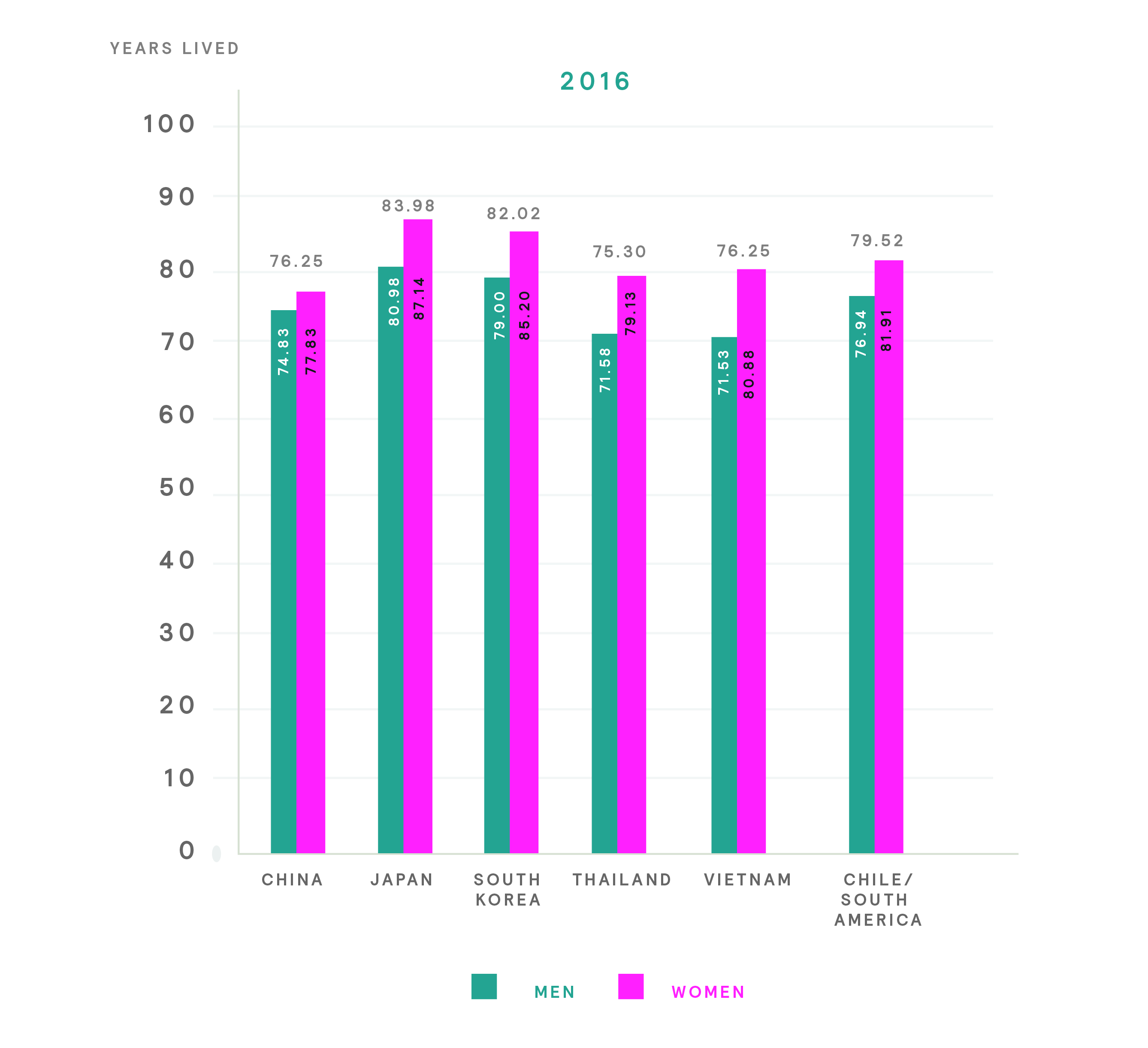Everyone’s job has, in some form or another, a job title. Be it a Brick-layer, Accountant or CEO. The common understanding is that the job title depicts the respective job and its roles and responsibilities. Our work with different clients of different sizes, with different structures, maturity levels, and in different economic and cultural environments, however, suggests that there is much more heterogeneity in job titles than one would suspect. In one organization, for example, an Accountant is called ‘Financial Advisor’ whereas in another organization, s/he is called ‘Finance Officer’.
In Mercer’s 2019 Global Total Remuneration Survey, on a sample of 182 organizations based in the United Arab Emirates, as an example, the Mercer Job Library position ‘Accountant–Experienced Professional’ is tagged against more than 180 different job titles. This suggest that more than 99% of organizations included in the data set label this type of job in a unique, idiosyncratic manner.
In a similar vein, Mercer’s 2019 data from Australia shows more than 360 different job titles across 313 organizations. A similar report for India from 2019 shows over 520 different job titles across 360 organizations for this type of job. In Brazil, Russia and the UK, the same analyses produced very similar results. This means, to be specific, that similar jobs even in the same organization are often labeled in a heterogeneous, unconcerted way.
Problems associated with purposeless job titling
While the Accountant example provides some insight into the actual responsibilities of the role, we often see organizations labelling jobs in less meaningful, purposeless ways. For instance, we find job titles such as ‘Senior Supervisor Financial Accountant’, ‘Business Analyst’, ‘Finance Executive’ or, more recently, creative titles such as ‘Accounting Guru’, ‘Accounting Ninja’ or ‘Accounting Rockstar’ in this area of organizational life. In our view, this creates five key issues:
1. In markets that are suffering from employee disengagement, the rise of passive job seekers and a growing appeal of self-employment and entrepreneurship[1], a job opening with an inaccurate job title faces two key problems. Firstly, the job applicants may be over or under qualified for the position at hand and, secondly, potentially suitable applicants may not apply as they believe the job is not a good match.
2. Breaches of the psychological contract between employees and their employer may occur. To be precise, “the psychological contract encompasses the actions employees believe are 1. expected of them and what response they expect in return from the employer”[1]. To this end, a purposeless job title may provide an inaccurate view on the actual roles and responsibilities to be performed by the new joiner. For instance, a ‘Financial Advisor’ may execute on the classical accounting tasks, such as processing accounts receivable and payable, but the job title, however, indicates that the job holder would spend some time interacting with stakeholders and provide advice on financial matters. The lack of defined possibilities to engage in such activities may constitute a psychological contract breach, leading to cynicism towards the organization, turnover, job dissatisfaction, reduced commitment and an overall decrease in performance.
3. Another important issue to consider is an employees’ propensity to boost their current job title. This is linked to two mechanisms. Firstly, boosting one’s job title ultimately serves to enhance one’s status and self-identity[1]. Secondly, an enhanced job title is likely to attract attention on the external job market.
4. Perceptions of fairness may decrease due to inconsistently labelled jobs. For instance, a job may be called ‘Finance Lead’ that is, in terms of roles and responsibilities as well as qualifications required, very similar to a ‘Head of Finance’. For most people, a ‘Head of Finance’ is classified as a higher ranked job despite both jobs being very similar in nature and potentially having the same job grade. This can create perceptions of injustice leading to employee turnover, lower levels of extra-role behavior and greater levels of withdrawal, deviant and retaliatory behaviors[2].
5. Purposeless job titles may also be detrimental for internal and external communications. Internally, there might be a certain degree of ambiguity to what the hierarchy level of a an incumbent is and consequently how messages should be phrased. Externally, purposeless job titles may further lead to misunderstandings in terms of authority levels and responsibilities an employee holds.
Reasons for purposeless job titling
The reasons for these five issues are manifold. First and foremost, only few organizations seem to have adhered to a coherent, up-to-date and intuitive job titling framework. In fact, in many organizations job titling is either left to the line manager or, in some cases, left to the job incumbent. This, by definition, is likely to create a certain degree of heterogeneity among job titles.
In addition to that, even in leading organization, there is often no clear, well-defined organizational process in place to govern this element of organizational life. We advocate, and outline in greater detail below, that there should be a process in place including clear roles and responsibilities in terms of who sets and ultimately approves the titles of jobs.
We also see that organizations often seek to develop job titles that adhere to the specific cultural contexts in which they operate. This, as a consequence, also adds to a certain degree of incoherence in job titling.
Lastly, the high degree of change to which many organizations across the globe are exposed to, also contributes to incoherent job titles. To be specific, when organizations adopt new structures and amend roles and responsibilities of their jobs, job titling should also be considered. However, for many organizations this is an issue of limited importance of the time of restructuring so this tends to get neglected. As a consequence, especially with numerous rounds of re-structuring, a heterogeneous, incoherent landscape of job titles is likely to emerge.
Conducting purposeful job titling
The above-mentioned observations raise the question of how organizations can move forward to actually create purposeful job titles. Meaningful or purposeful job titles usually consists of two key elements. Firstly, purposeful job titling should indicate the actual function and with this associated roles and responsibilities the job incumbent is tasked with. If an employee in Finance is responsible for maintaining the Finance IT systems, then the job title should indicate that this employee looks after IT for Finance, as opposed to more generic IT activities. Secondly, a purposeful job title also indicates the hierarchical level, or, to be more specific, should hold reference to the actual job grade the job has been mapped onto. In our work across the globe, we see a certain degree of inconsistency and incoherence in this respect. Frequently, strict hierarchical levels are used to create job titles, even though the job evaluation may not indicate such job titling. For instance, the responsible job incumbent for managing financials in a country managing set-up of a small to medium sized enterprise owned by a multinational corporation may be called ‘Chief Finance Officer’. This job title indicates a fairly senior position. In reality, however, such a job more closely resembles the activities of a ‘Financial Accountant’ or a ‘Finance Manager’. Such discrepancies between the actual roles and responsibilities of a job and its titling typically become clear when job evaluations are performed. As such, we advocate a certain adherence to job grades when it comes to job titling in order to derive purposeful job titles.
In Figure 1, we outline how an approach to purposeful job titling could look like. It indicates the main components of a job title, i.e. (a) what the job’s hierarchical level in the organization is, (b) its function or area of expertise, (c) to what organizational unit the job belongs, and (d) what the actual scope of responsibility of the job is. For instance, a ‘Senior Vice President Finance EMEIA’ uses the elements A, B and D of the framework. Element C, the organizational unit, in this case is not required. For professional jobs, as another example, an ‘Advisor Finance Downstream Abu Dhabi’ would have all elements in her or his job title. This way, the same protocol and nomenclature for different job titles is applied universally across the organization, and thereby meets the requirements of purposeful job titling set out above.
Figure 1: Mercer’s Purposeful Job Titling Framework
In addition to adopting such a framework, organizations should consider who owns and governs job titling. The governing department should make sure that there are employees who have ownership of this process, and that no job requisition and its related activities as well as any internal re-structuring fails to comply with the framework. This way, purposeful job titling gets embedded and institutionalized in the organization.
Sources:
1. 2017, ‘The talent delusion: why data, not intuition, is the key to unlocking human potential’, Tomas Chamorro-Premuzic, Piatkus.
2. 1994, ‘Human resource practices: administrative contract makers’, Denise M. Rousseau and Martin M. Greller, Human Resource Management, 33-3, page 386.
3. 2005, ‘Understanding psychological contracts at work: a critical evaluation of theory and research, Neil Conway and Rob B. Briner, Oxford University Press.
4. Ibid.
5. For an interesting review see: 2019, ‘The five pillars of self-enhancement and self-protection’, in the Oxford handbook of human motivation, Constantine Sedikides and Mark D. Alicke.
6. For a good overview please refer to: 2001, ‘The role of justice in organizations: a meta-analysis’, Yochi Cohen-Charash and Paul E. Spector, Organizational Behavior and Human Decision Processes, 86-2.








 India's NPS has gone through a few iterations and continues to evolve, but the plan is helping to boost retirement savings among Indian citizens. It's also shifting citizens' expectations: Instead of relying on younger family members to support them in their old age, many are now adjusting their savings and preparing to support themselves in their retirement years.
On top of that, NPS is one of the cheapest investment products. Overall costs of the NPS are far lower than those of other products, and it is perhaps the cheapest pension product available.
3 Lessons You Can Learn From India's Model
For organizational leaders around the world, India's experiment in providing a national pension program for all its citizens offers a number of valuable lessons.
1. Unsustainable National Debt Requires New Solutions
Long before the NPS was launched, India's federal and state government employees were covered by a tax-funded defined benefit pension program that provided a 50% replacement wage at retirement with an inflation-linked adjustment. In the mid-1980s, this program cost the country less than $0.5 billion annually, but by 2006, with people living longer, the price tag jumped to more than $600 billion per year.3
Maintaining the program was unsustainable, and leaders realized they needed to develop a replacement program to ensure successful retirements for future workers and protect the nation's finances. Since the launch of NPS, all new government employees have been enrolled in it, fostering a responsibility among workers to prepare for their own retirement and protecting the government from continuing to run up unsustainable pension debt.
2. Tax Advantages Are Key for Supplementary Retirement Savings Plans
Most participants choose to invest in the NPS due to the tax benefits. However, some Indian citizens report that they did not opt for participating in the NPS as they perceived that some mutual fund instruments and private retirement savings vehicles have greater potential to beat the market and also provide better tax benefits.
In order to encourage citizens and promote NPS, the government developed three categories of tax-saving options. The third of these options is exclusively for salaried employees whose contributions are made through the corporate model of NPS. All three categories can be availed together and exclusive of each other.
Moreover, there was a recent relaxation in the tax-free withdrawal limit of corpus allowed at the time of retirement (from an earlier limit of 40% of corpus to 60% of corpus). Originally, though 60% was allowed to be withdrawn, the balance of 20% was taxed at normal rates, and making it entirely tax free has made it even more attractive.
While a few senior executives may have access to other retirement savings plans, including employer-sponsored Defined Contribution superannuation plans, most of the population (particularly among the working class) do not have access to other retirement savings plans, and hence, the tax advantages inherent in NPS are crucial encouragement for them to save for retirement.
3. Citizens Need Education About the Model's Benefits
While the NPS offers a number of benefits to savers, participation rates remain relatively low.4 Some respondents to a recent survey revealed that not understanding the importance of saving and the advantages of compounding interest could have influenced their choice to stay out.
NPS leaders have used a variety of methods for communicating and educating the population about the system. For instance, pilot programs staged in two different geographic areas hosted workshops, meetings and camps targeting unorganized sector workers and key stakeholders. Information was also distributed through cable television networks, radio, mobile publicity vans, seminars and road shows.
India continues to measure the success of its pension program and may make more changes in the future. Many countries are struggling to solve the potential challenge of poverty in old age, but the NPS in India is an encouraging step toward protecting the future for many of its citizens, and it's worth taking a look at the model for inspiration.
Sources:
1. United Nations: Department of Economic and Social Affairs,"World Population Prospects — 2017 Revision: Global life expectancy," United Nations: Department of Public Information, June 21, 2017,
India's NPS has gone through a few iterations and continues to evolve, but the plan is helping to boost retirement savings among Indian citizens. It's also shifting citizens' expectations: Instead of relying on younger family members to support them in their old age, many are now adjusting their savings and preparing to support themselves in their retirement years.
On top of that, NPS is one of the cheapest investment products. Overall costs of the NPS are far lower than those of other products, and it is perhaps the cheapest pension product available.
3 Lessons You Can Learn From India's Model
For organizational leaders around the world, India's experiment in providing a national pension program for all its citizens offers a number of valuable lessons.
1. Unsustainable National Debt Requires New Solutions
Long before the NPS was launched, India's federal and state government employees were covered by a tax-funded defined benefit pension program that provided a 50% replacement wage at retirement with an inflation-linked adjustment. In the mid-1980s, this program cost the country less than $0.5 billion annually, but by 2006, with people living longer, the price tag jumped to more than $600 billion per year.3
Maintaining the program was unsustainable, and leaders realized they needed to develop a replacement program to ensure successful retirements for future workers and protect the nation's finances. Since the launch of NPS, all new government employees have been enrolled in it, fostering a responsibility among workers to prepare for their own retirement and protecting the government from continuing to run up unsustainable pension debt.
2. Tax Advantages Are Key for Supplementary Retirement Savings Plans
Most participants choose to invest in the NPS due to the tax benefits. However, some Indian citizens report that they did not opt for participating in the NPS as they perceived that some mutual fund instruments and private retirement savings vehicles have greater potential to beat the market and also provide better tax benefits.
In order to encourage citizens and promote NPS, the government developed three categories of tax-saving options. The third of these options is exclusively for salaried employees whose contributions are made through the corporate model of NPS. All three categories can be availed together and exclusive of each other.
Moreover, there was a recent relaxation in the tax-free withdrawal limit of corpus allowed at the time of retirement (from an earlier limit of 40% of corpus to 60% of corpus). Originally, though 60% was allowed to be withdrawn, the balance of 20% was taxed at normal rates, and making it entirely tax free has made it even more attractive.
While a few senior executives may have access to other retirement savings plans, including employer-sponsored Defined Contribution superannuation plans, most of the population (particularly among the working class) do not have access to other retirement savings plans, and hence, the tax advantages inherent in NPS are crucial encouragement for them to save for retirement.
3. Citizens Need Education About the Model's Benefits
While the NPS offers a number of benefits to savers, participation rates remain relatively low.4 Some respondents to a recent survey revealed that not understanding the importance of saving and the advantages of compounding interest could have influenced their choice to stay out.
NPS leaders have used a variety of methods for communicating and educating the population about the system. For instance, pilot programs staged in two different geographic areas hosted workshops, meetings and camps targeting unorganized sector workers and key stakeholders. Information was also distributed through cable television networks, radio, mobile publicity vans, seminars and road shows.
India continues to measure the success of its pension program and may make more changes in the future. Many countries are struggling to solve the potential challenge of poverty in old age, but the NPS in India is an encouraging step toward protecting the future for many of its citizens, and it's worth taking a look at the model for inspiration.
Sources:
1. United Nations: Department of Economic and Social Affairs,"World Population Prospects — 2017 Revision: Global life expectancy," United Nations: Department of Public Information, June 21, 2017, 




